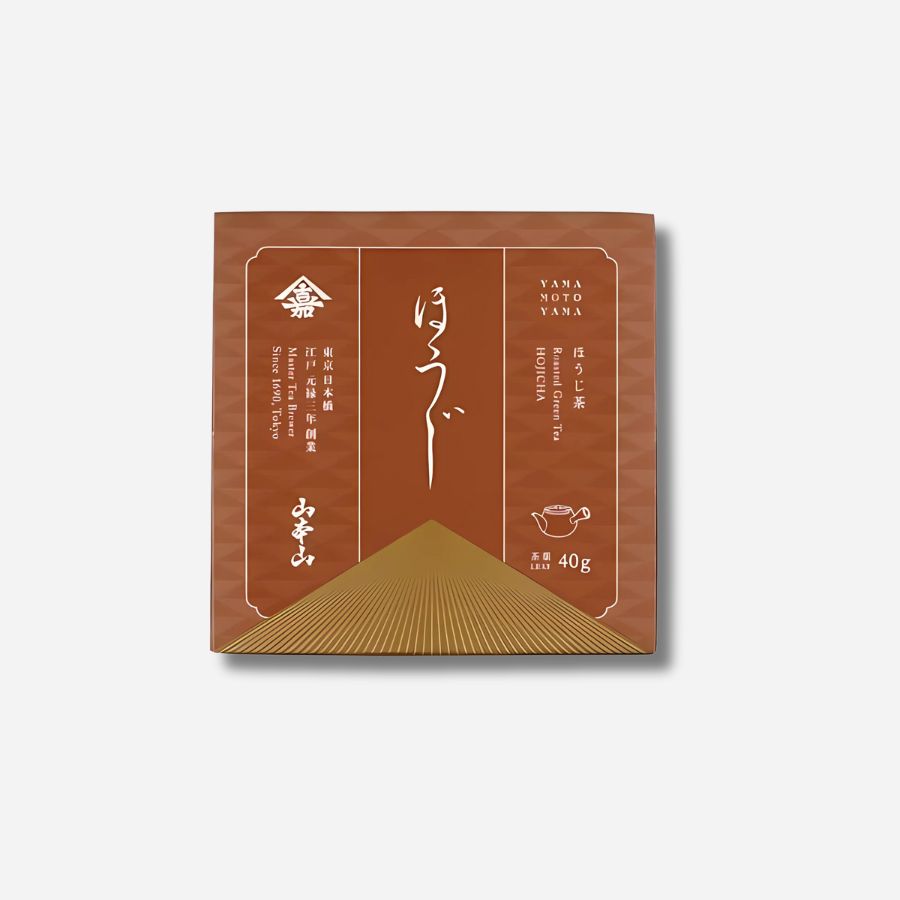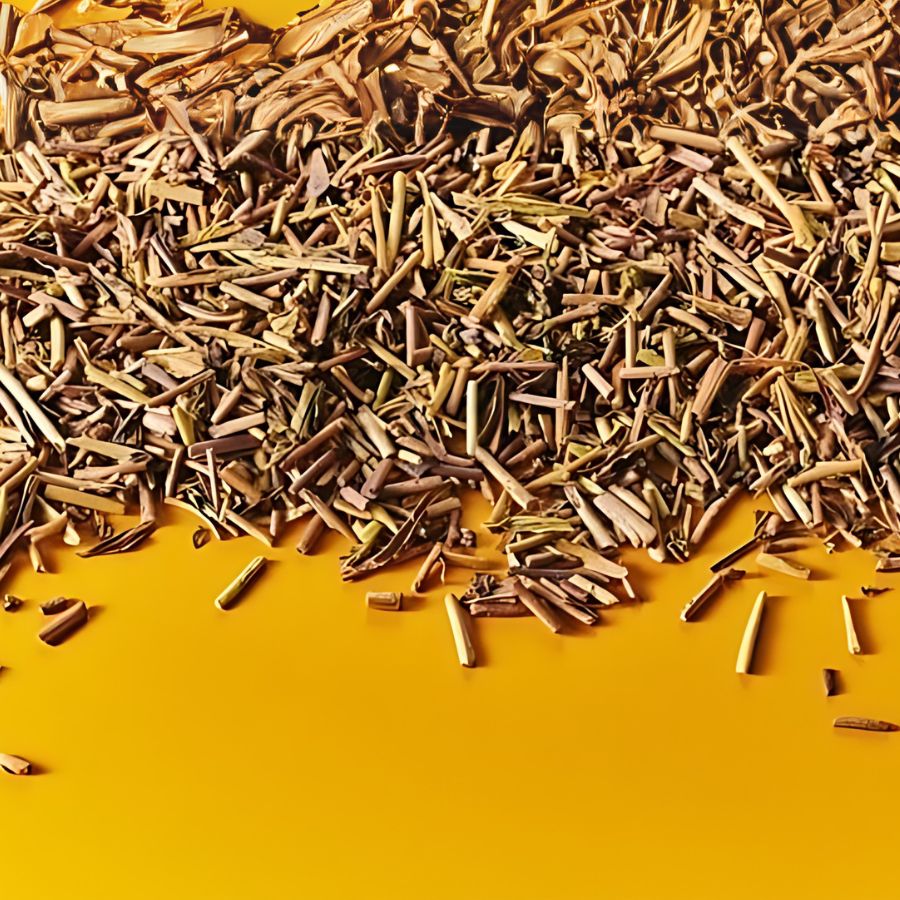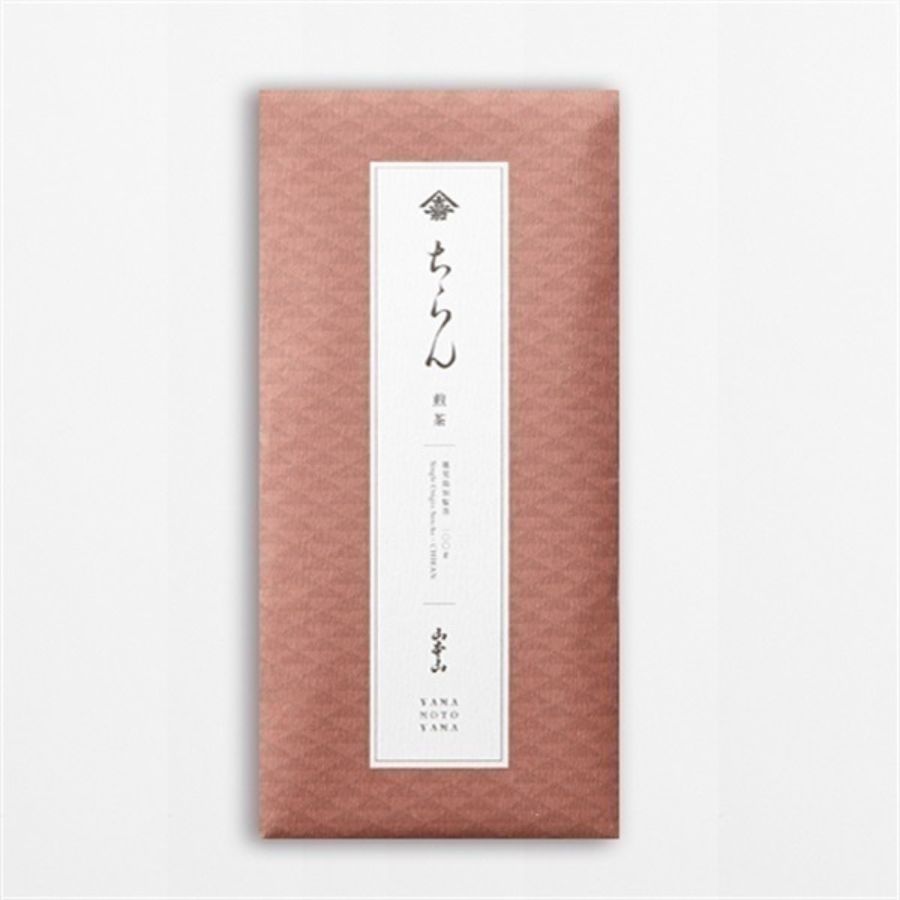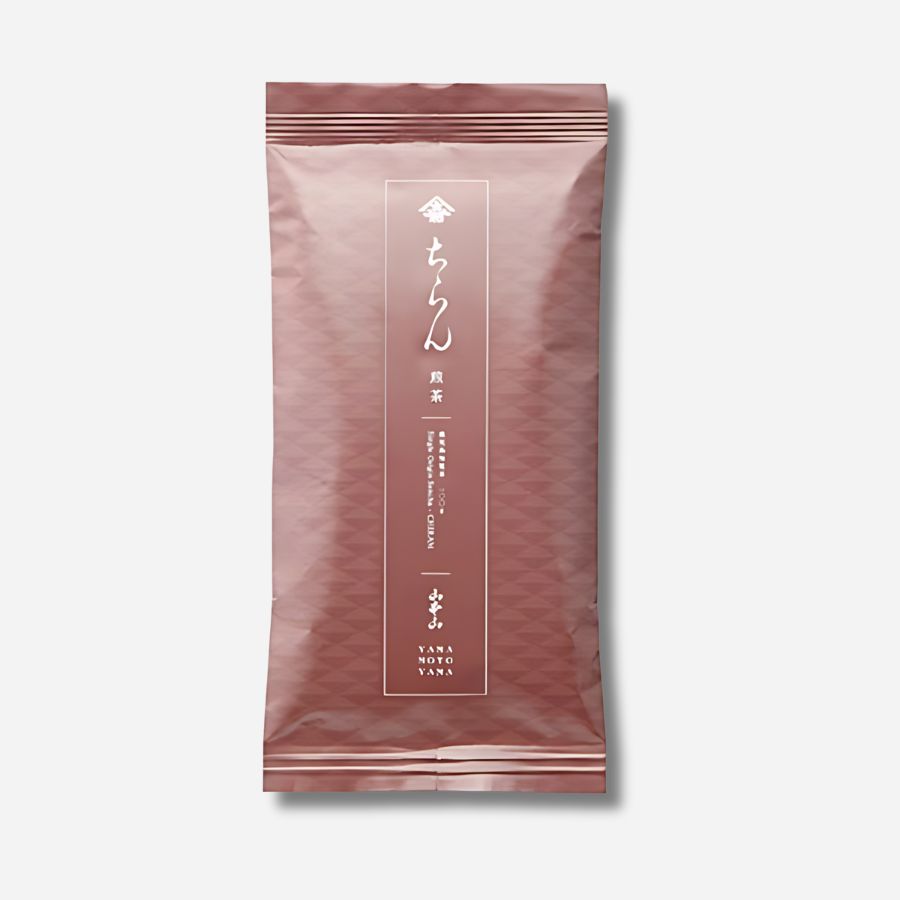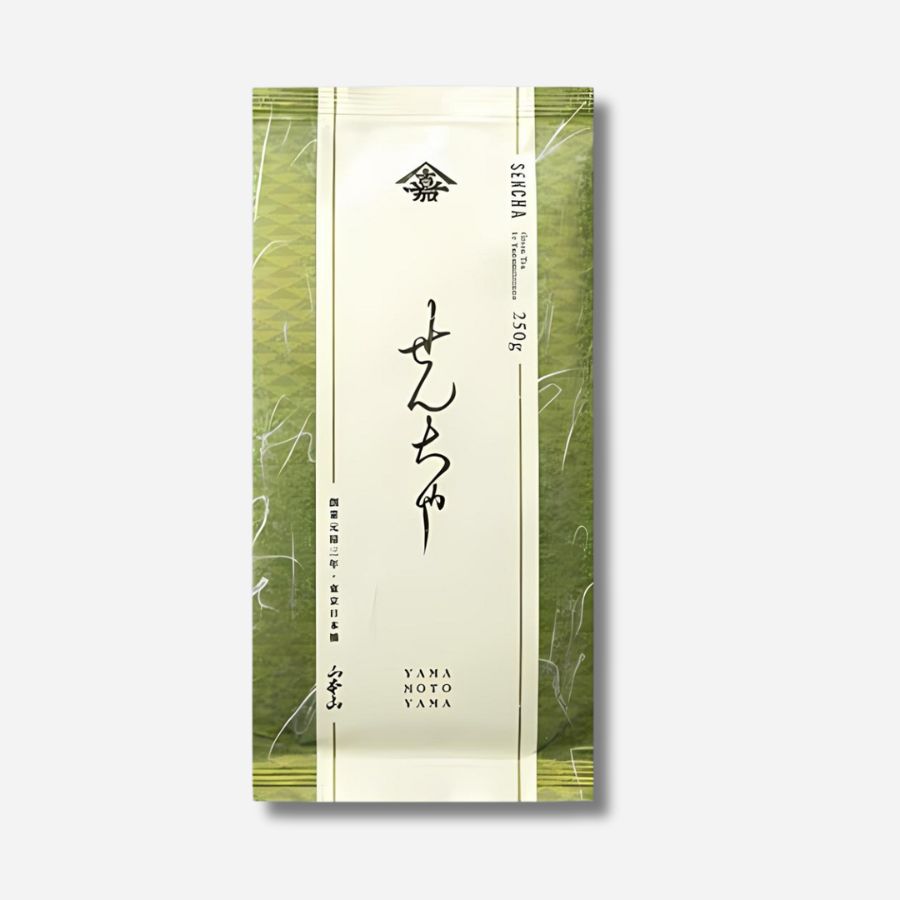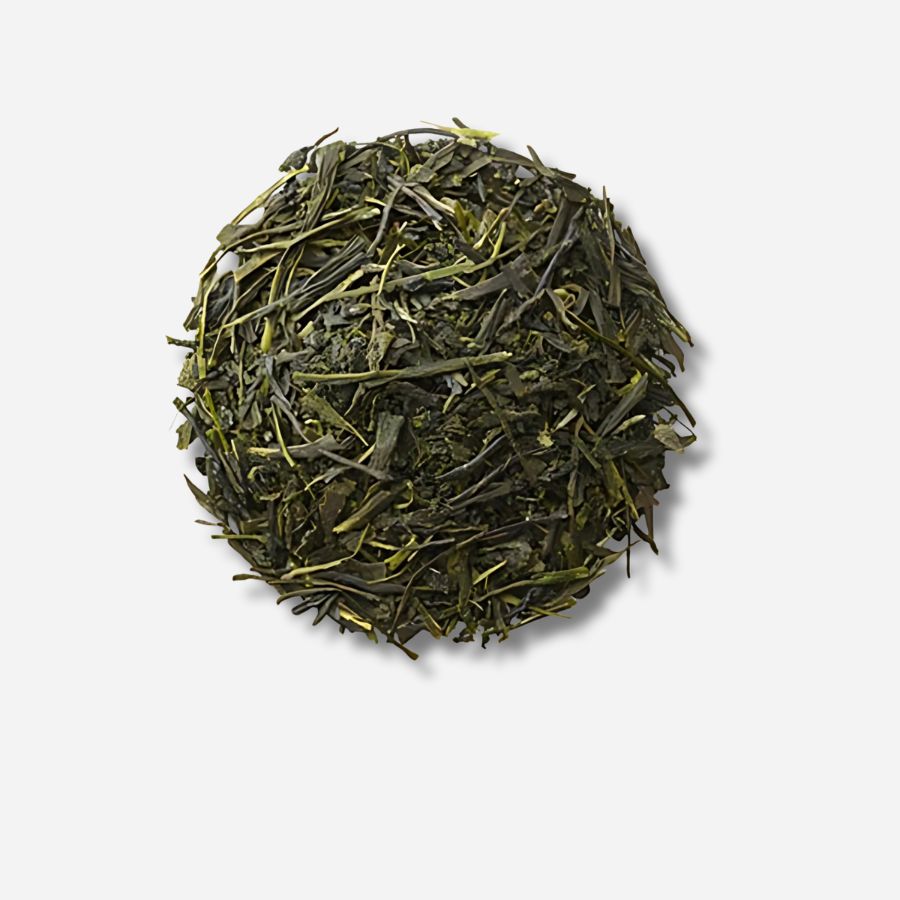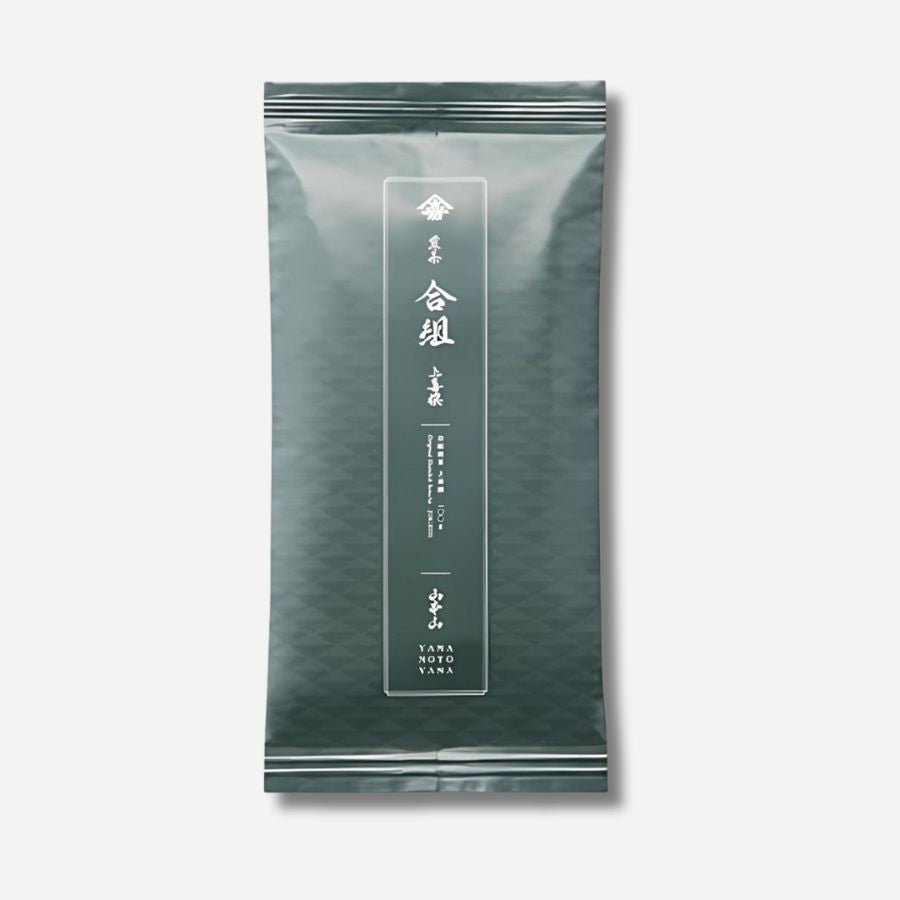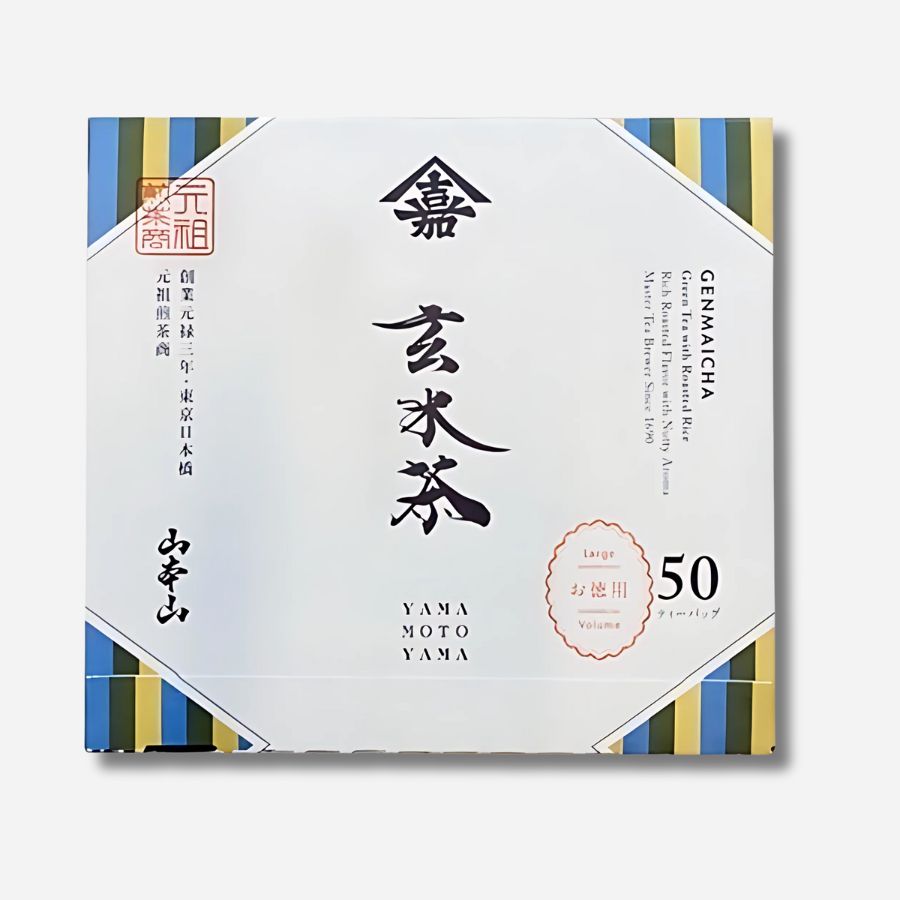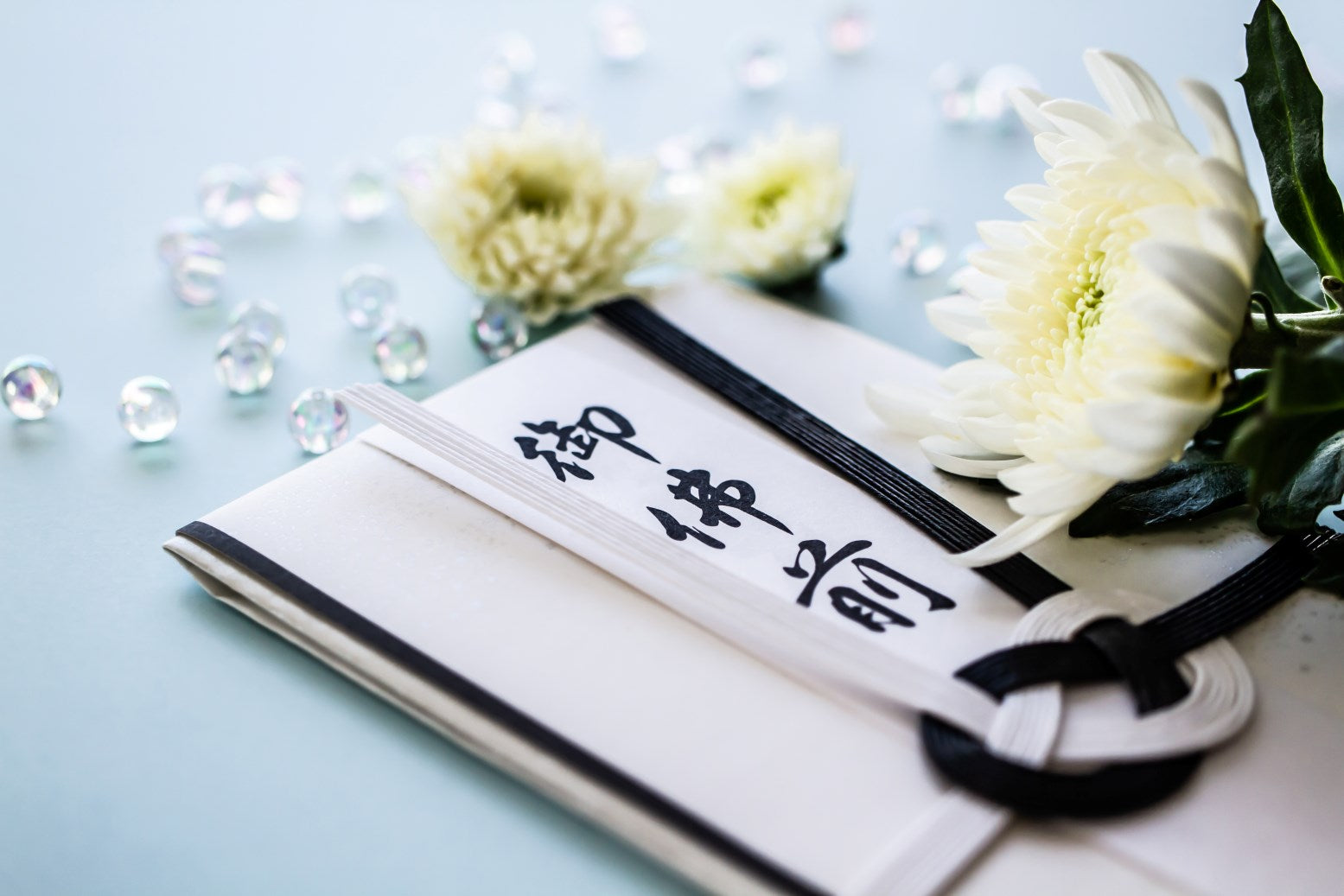
Why is "Yabukita" the mainstream Japanese tea? Explaining the secret
Introduction
The most commonly grown variety in Japanese tea fields is "Yabukita." It accounts for over 70% of the total tea plantation area in the country.
The reason why Yabukita has become so popular can be attributed to a combination of various factors, including its historical background, the characteristics of the variety, and its relationship with Japan's climate and geography.

Why are there so many bush clover plants?
"Yabukita" began to be widely cultivated after the 1960s.
At the time, there was no established technology to prevent frost damage, so there was a demand for varieties that were resistant to frost damage and easy to cultivate.
"Yabukita" is a very attractive variety to tea farmers because it sprouts in early spring, is less susceptible to frost damage, and has a high yield.
Furthermore, when processed into sencha, it was highly praised for producing tea with a good balance of flavor and aroma, and consistent quality.

Once planted, tea bushes do not need to be replanted for over 30 years, so once a variety is selected, that variety tends to be cultivated for a long time.
Highly regarded in the market and easy to cultivate, Yabukita was chosen by many tea farmers and spread to tea plantations all over Japan.

Yabukita's Status and Future
However, in recent years, in order to meet the diverse needs of consumers, various varieties of tea leaves have begun to attract attention.
In addition, many of Japan's tea plantations today have old trees that are over 40 years old.
Going forward, in order to meet the diverse tastes of consumers, it is expected that varieties will become more diverse rather than relying solely on the traditional "Yabukita" variety.
That being said, Yabukita has had a major impact on the Japanese tea industry, and its position remains unshakable to this day. At the same time, it is also a symbol of the diversity of Japanese tea.

Yabukita's impact on Japan's tea industry
No matter where you look in Japan, the common foundation of "Yabukita" has allowed each producing region and tea plantation to pursue better tea and continually improve their cultivation and production methods.
They have competed to produce unique teas that take advantage of the characteristics of their respective regions.
Many different varieties will no doubt be developed in the future, but Yabukita will continue to lead Japan's tea culture and open up new possibilities.







